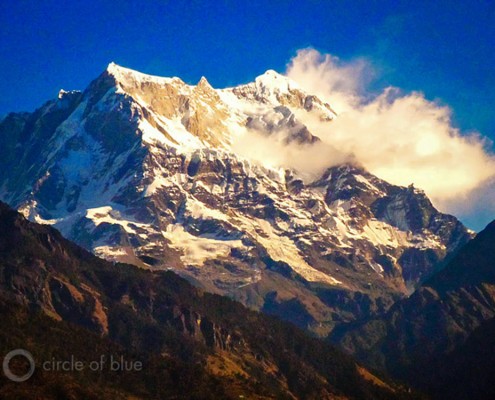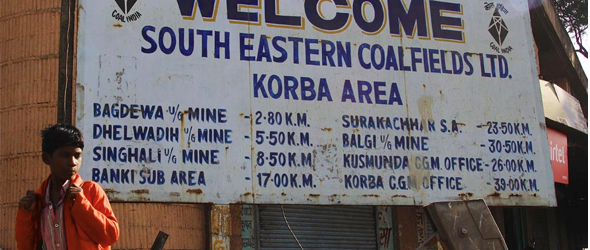
Uttarakhand Flood Disaster Made Worse By Existing Hydropower Projects, Expert Commission Says
3 Comments
/
Report calls for new Himalayan development policy; stirs political battle in New Delhi.

Uttarakhand’s Furious Himalayan Flood Could Bury India’s Hydropower Program
A treacherous mountain range unleashes a torrent of water, mud, and boulders that was long anticipated and willfully ignored.
 https://www.circleofblue.org/wp-content/uploads/2014/02/ks-india-1-1.jpg
1236
1600
Keith Schneider
https://www.circleofblue.org/wp-content/uploads/2018/06/Circle-of-Blue-Water-Speaks-600x139.png
Keith Schneider2014-02-17 14:58:452015-12-30 13:03:49This Is India — TII
https://www.circleofblue.org/wp-content/uploads/2014/02/ks-india-1-1.jpg
1236
1600
Keith Schneider
https://www.circleofblue.org/wp-content/uploads/2018/06/Circle-of-Blue-Water-Speaks-600x139.png
Keith Schneider2014-02-17 14:58:452015-12-30 13:03:49This Is India — TII
Choke Point: Meghalaya’s “Swiss-Cheesed” Hills, Increasing Violence a Stark Reminder of Cost of Coal
To the best of anyone’s knowledge – and that includes a tribunal of senior jurists who heard testimony in the state capitol, Shillong, on January 24 – 15 men drowned in a coal mine in Meghalaya’s mineral-rich Garo Hills on July 6, 2012.

Torrent of Water and Questions Pour From India’s Himalayas
One year later, Circle of Blue's senior editor Keith Schneider returns to India for our second round of reporting on water, food, energy problems in the region.

Map: India’s Energy Reserves, Capacity, and Potential Renewable Energy (2008-2012)
Click through the interactive infographic to see how India, the world’s fastest-growing nation with the second-highest population, races to meet rising demand for energy.

Chhattisgarh’s Coal Crux
Most abundant in Chhattisgarh and the neighboring eastern states of Jharkhand and Odisha, India’s coal belt cinches the nation round the middle, tapering off in its westward stretch to both the south and north.

Breaking India’s Cycle of Waste and Risk
Small-scale projects offer solutions to India’s water, food, and energy choke points. Still, India's government seems determined to duplicate the frantic program of industrial development, economic growth, centralization, and one-size-fits-all silver bullets that China and the West are pursuing. The consequence is an endemic pattern of resource waste that is firmly embedded in India’s political system, causing economic and ecological havoc.

Mismanagement of Abundance: Constellation of Coal Mines Across India Not Enough to Prevent Blackouts
Despite the push for renewable energy alternatives to address water and climate concerns, India plans to keep coal as its primary source of electricity. But corruption, bureaucracy, slow environmental reviews, and inefficient transmission lines are hampering domestic production and causing unstable power supply.

Haryana’s Food Processors
In an attempt to remove risk from the grain-producing economy, India guarantees that it will purchase at generous prices and mill at no cost to producers every kernel of wheat and almost every grain of rice that its farmers grow.

Punjab’s Food Producers
Before the Green Revolution of the mid-1960s, growers in northern India produced an elegant feast of native fruits, grains, and vegetables. By the 1980s, Punjab and Haryana states had together become the largest rice and wheat producers in India.

Chandigarh, Shared Capital of Punjab and Haryana
Home to 1 million, Chandigarh is considered the 'cleanest city' in India. It also has the highest per capita income, thanks in large part to the agricultural boom since the Green Revolution of the 1960s in both Punjab and Haryana states of northern India.

